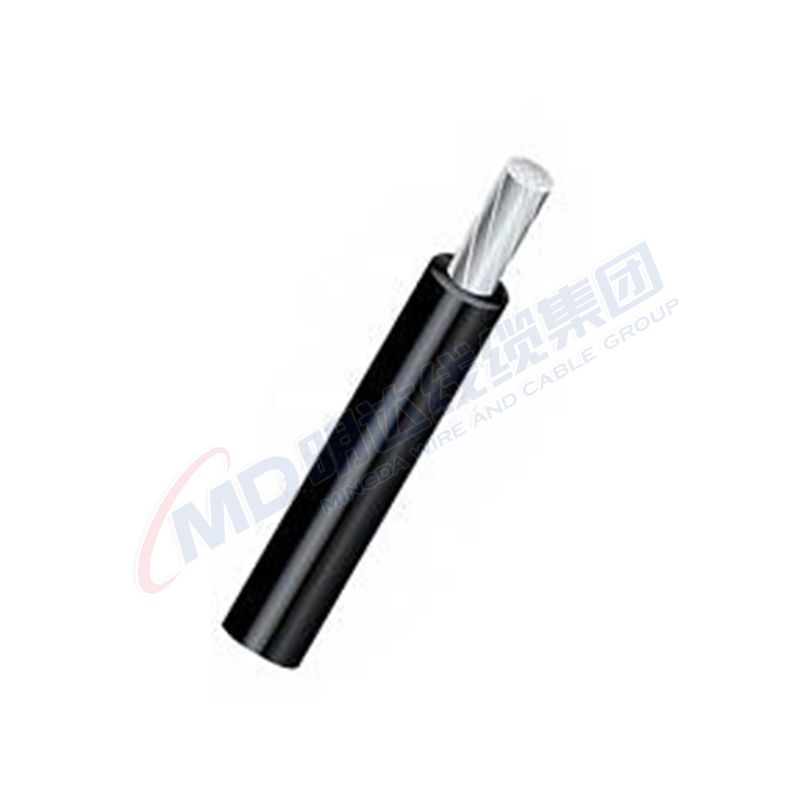Nov . 06, 2024 03:30 Back to list
Understanding the Functionality and Applications of Hydraulic Control Valves in Modern Systems
Understanding Hydraulic Control Valves A Comprehensive Overview
Hydraulic control valves play a crucial role in the functionality of hydraulic systems across various industries, including manufacturing, construction, and automotive. These valves manage the flow and pressure of hydraulic fluids within a system, enabling operators to control machinery and equipment effectively. This article aims to elucidate the workings, types, and applications of hydraulic control valves.
The Functionality of Hydraulic Control Valves
At its core, a hydraulic control valve regulates fluid flow and pressure. It can start, stop, or change the direction of fluid flow and can also vary the speed of hydraulic actuators, such as cylinders and motors. By controlling the flow direction and amount, these valves ensure that hydraulic systems operate smoothly and respond to input signals as intended.
The operation of a hydraulic control valve is based on the principles of fluid dynamics. When hydraulic fluid enters the valve, it creates pressure against a movable component, often referred to as a spool or a poppet. Depending on the design and the actuator's position, this component shifts to allow or restrict fluid flow. This control mechanism is vital in applications where precise movements and force applications are required.
Types of Hydraulic Control Valves
Hydraulic control valves come in various types, each designed for specific applications and functionalities. Some common types include
1. Directional Control Valves These valves are essential for controlling the path of hydraulic fluid in a system. They can direct fluid to multiple actuators and include two-way, three-way, and four-way valves. The most common types are solenoid-operated valves and manual valves.
hydraulic control valve

2. Pressure Control Valves As the name suggests, these valves maintain the pressure within a hydraulic system. They prevent excessive pressure that can lead to system failures. Pressure relief valves and pressure reducing valves are primary examples of this category.
3. Flow Control Valves These valves regulate the speed of hydraulic actuators by controlling the flow rate of the fluid. By adjusting the orifice size, flow control valves ensure that the speed of hydraulic cylinders can be finely tuned.
4. Check Valves These valves allow flow in one direction only, preventing backflow and ensuring that the hydraulic system operates efficiently. Check valves are essential in preventing fluid from draining back into reservoirs when the system is shut off.
Applications of Hydraulic Control Valves
Hydraulic control valves are utilized in numerous applications. In the construction industry, they control heavy equipment such as excavators and bulldozers, allowing for precise movements when digging or lifting. In manufacturing, hydraulic presses rely on these valves for efficient production processes, ensuring that operations such as stamping and molding are executed efficiently and safely.
Additionally, hydraulic control valves play a significant role in the automotive sector. They are utilized in braking systems, power steering, and various automated functions within vehicles. With the rise of electric and hybrid vehicles, hydraulic control valves remain relevant by managing complex hydraulic systems in these advanced machines.
Conclusion
The importance of hydraulic control valves cannot be overstated in the realm of hydraulic systems. They provide essential control over the flow and pressure of hydraulic fluids, enabling the smooth operation of various machinery across multiple industries. By understanding the different types of hydraulic control valves and their applications, professionals can ensure optimal performance and safety in hydraulic systems. As technology continues to evolve, the design and functionality of these valves will likely advance, further enhancing their efficiency and reliability in modern applications.
Share
-
Reliable Wafer Type Butterfly Valves for Every IndustryNewsJul.25,2025
-
Reliable Flow Control Begins with the Right Ball Check ValveNewsJul.25,2025
-
Precision Flow Control Starts with Quality ValvesNewsJul.25,2025
-
Industrial Flow Control ReliabilityNewsJul.25,2025
-
Engineered for Efficiency Gate Valves That Power Industrial PerformanceNewsJul.25,2025
-
Empowering Infrastructure Through Quality ManufacturingNewsJul.25,2025